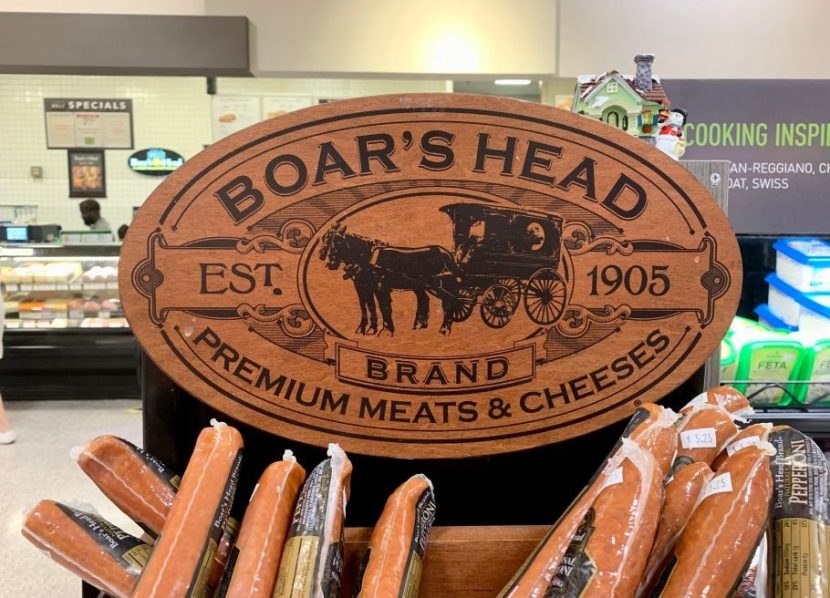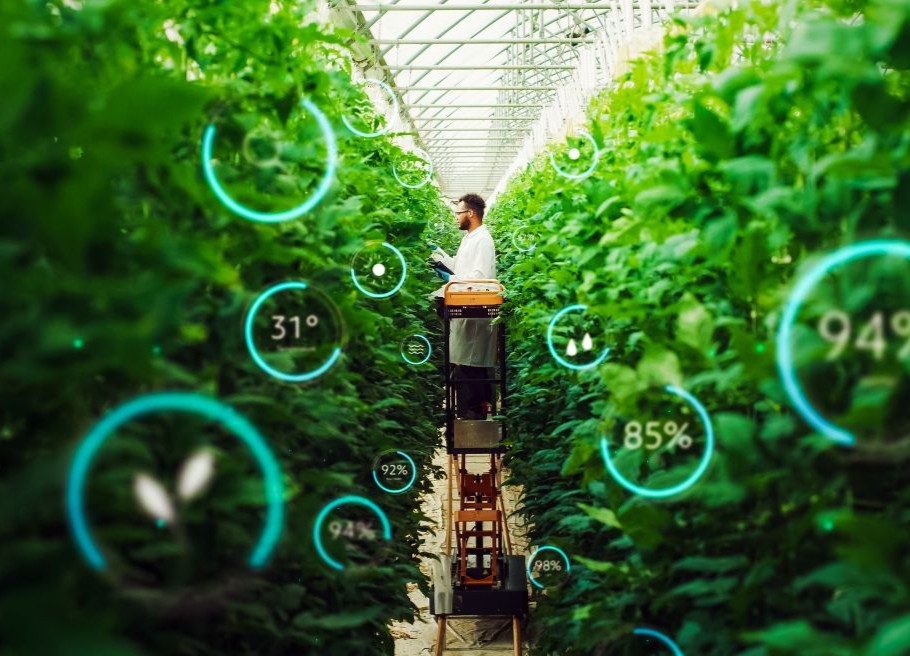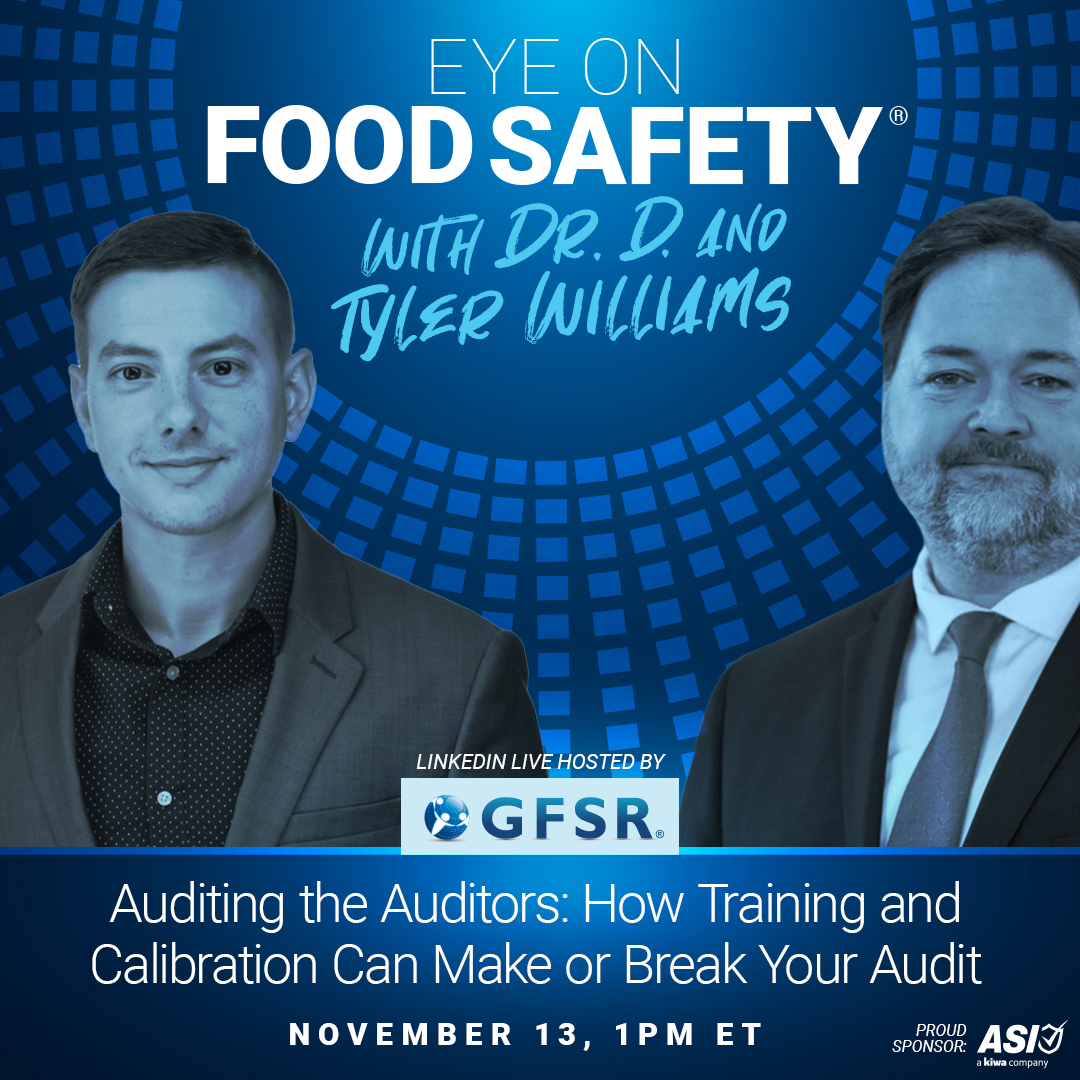Foodborne Illnesses: Are They Really Increasing?
By Jennifer McEntire
Whenever there is an outbreak of foodborne illness, and especially when there is a string of them, food safety professionals get questions from family, friends, and sometimes the media. They ask: “What do you think?”, “Should I be concerned?” And, most recently, given that several outbreaks were announced in the US in the fall of 2024: “Is our food supply less safe? Why are there so many outbreaks?”
First, let’s recognize that generally, the food supply is incredibly safe, particularly in developed economies where government regulations are reasonably enforced, and commercial buyers verify safe food handling practices through their supply chains.
Producing safe food requires perfection: well-done hazard evaluations that are updated as new information is available, implementation of effective preventive controls, and great care throughout the supply chain, all the way to the consumer. There’s no room for error. Unfortunately, things don’t always go perfectly, and outbreaks occasionally occur.
Outbreaks occasionally occur because things don’t always go perfectly, despite our best efforts.
In late 2024, several high-profile outbreaks occurred:
- Boar’s Head, perceived as a high-quality brand in the US, was associated with an outbreak of listeriosis, and further inquiry called into question the role of plant management, company leadership, and regulators.
- Outbreaks associated with non-O157 Shiga toxin-producing Escherichia coli (STECs) raised concerns about the distribution and proliferation of emerging pathogens in the agricultural
- And some historical outbreak vehicles – ground beef, eggs, and leafy greens – continue appearing on the news.
Understandably, people are asking: “Are outbreaks increasing?”
This question is best answered by looking at data and trends over time. However, these data sets are also confounded by our ability to detect outbreaks and solve them.
It’s also important to remember that the foodborne illness associated with outbreaks represents only the tip of the iceberg. It’s estimated that about 90 percent of illnesses are sporadic and not associated with outbreaks.
In the US, the CDC collects and trends reports of confirmed illnesses associated with major pathogens (whether associated with an outbreak or not) for a representative fraction of the population using FoodNet Fast. A glance at per capita incidence rates of salmonellosis, listeriosis, and illness from STECs since 1996 suggests that rates certainly haven’t decreased appreciably, and for STECs, my non-statistical eyeballing of the data indicates that rates may be increasing (2.62 cases/100,000 people in 1996 vs 5.67 cases in 2022).
Even this seemingly dramatic increase may not be as straightforward as it seems; if you select only this pathogen, the data distinguish culture-confirmed cases vs those identified only through culture-independent diagnostics (CIDT), which did not exist in 1996. In 2022,
the culture-confirmed cases were 2.55 cases/100,000 – so, like the 1996 rate. The increase may be due to now being able to detect clinical cases using CIDT.
In addition to the complexity of interpreting this data, various other factors may confound the per capita incidence rates of foodborne illness. On the detection side, illnesses only “count” if ill people seek medical attention, are diagnosed, and submit a sample that is tested, sequenced, and logged into the system. Socio-economic factors may influence the availability of healthcare and the likelihood that someone will seek medical attention. The capacity and funding of public health labs may influence their ability to properly analyze clinical samples. Thus, reporting may vary even if the “true” incidence rate stays the same.
If it’s recognized that people may be getting ill from a common source, there is also no guarantee that the source will be identified. Funding influences the likelihood that a public health agency will follow up with a patient to pursue an investigation, gather food histories, and collect information regarding the distribution of suspect foods from points of sale or service.
Historically, investigations often stalled because of traceability challenges. Unsolved outbreaks rarely make the news, and solved outbreaks result in recalls and/or advisories, bringing attention to the issue and specific food products. Today, whole genome sequencing improves our ability to see that an outbreak is occurring, and improved traceability increases the chance it may be solved. But it’s plausible that these outbreaks occurred in the past and we were simply missing them.
On the other hand, it’s possible that things are changing, resulting in an actual increase in the number of outbreaks. Extreme weather events – too much or too little water, temperatures that are too high or low, etc. – may change the microbial ecosystem, contribute to the broader distribution of pathogens, or make plants or animals more susceptible to contamination. Changing agricultural practices and processes, whether due to the changing availability of land, water, or other natural resources (including the unintended consequences of sustainability efforts) may also influence contamination early in the supply chain.
Food safety management at all points in the supply chain may also be changing as an ageing workforce with historical knowledge retires and is replaced by less experienced (and sometimes remote) employees. Knowledge transfer and oversight may suffer.
Finally, as the demographics of the overall population shift, an increase in the proportion of a population that is vulnerable to foodborne illness may mean that the same base level of contamination would be more likely to cause illness and outbreaks.
One thing that is unlikely to explain any apparent increase in outbreaks is a lack of care within the food industry. Of course, the level of commitment and investment varies and always has. However, with heightened awareness of food safety risks, a decreased likelihood that a company associated with an outbreak would be able to fly under the radar, and increased public attention to outbreaks, companies have a strong incentive to do the right thing.
While it’s difficult to tell if the number of outbreaks is truly increasing, it’s clear that they have not gone away. There’s more work to be done, and it’s as important as ever that food companies continue to invest in food safety.
About the Author
Jennifer McEntire, Ph.D., is founder of Food Safety Strategy, LLC. A recognized leader in food safety, she has extensive experience in the fresh produce industry, formerly serving as Chief Food Safety & Regulatory Officer at the International Fresh Produce Association (IFPA). She has dedicated her career to advancing food safety practices, fostering collaboration across the supply chain, and advocating for science-based solutions.

-
 FeaturedRisk management
The Cost of a Breach: What a Cyberattack Could Mean for Food Safety Recalls
FeaturedRisk management
The Cost of a Breach: What a Cyberattack Could Mean for Food Safety Recalls
-
 FeaturedRisk management
Securing the Food Chain: How ISO/IEC 27001 Strengthens Cybersecurity
FeaturedRisk management
Securing the Food Chain: How ISO/IEC 27001 Strengthens Cybersecurity
-
 FeaturedRisk management
Revolutionizing Food Safety Training: Breaking Out of the “Check-the-Box” Mentality
FeaturedRisk management
Revolutionizing Food Safety Training: Breaking Out of the “Check-the-Box” Mentality
-
 GFSI Standards
GFSI 2025: Building Trust, Tech-Forward Solutions, and Global Unity in Food Safety
GFSI Standards
GFSI 2025: Building Trust, Tech-Forward Solutions, and Global Unity in Food Safety
-
 FeaturedFood Safety
Integrated Pest Management: Strategies to Protect Your Brand’s Reputation
FeaturedFood Safety
Integrated Pest Management: Strategies to Protect Your Brand’s Reputation
-
 FeaturedFood Safety Culture & Training
No Open Door Policy: Challenges That Impact Pest Control in Food Processing Plants
FeaturedFood Safety Culture & Training
No Open Door Policy: Challenges That Impact Pest Control in Food Processing Plants




